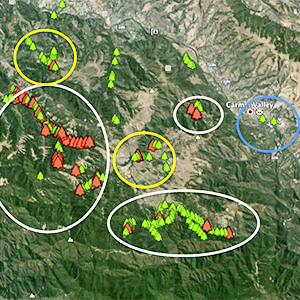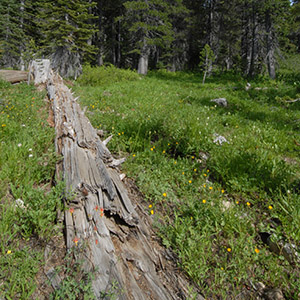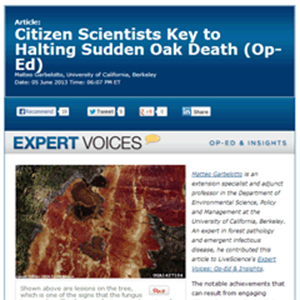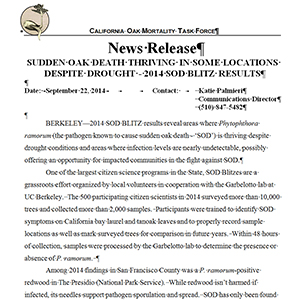In reality, this is a significant gap that requires significant action by state and local governments, working with the private sector. However, there are some resources, but they are limited, challenging to secure, slow to be issued, and vary significantly based on your locale. Some grants are available through local non-profits or local government organizations receiving FEMA and other federal or state funds. Your best resource is always your local FireSafe Council or FireWise community group. Each funding resource comes with their own terms and conditions.
- Retrofitting Homes for Fire Hardening through Residential PACE financing programs. PACE programs for residential and commercial builders are the best and only market viable means of the State addressing existing homes and buildings. Currently the Sonoma County PACE program appears to be the only one that considers fire hardening. Designed to finance energy efficiency improvements to homes, this program defines fire hardening improvements as eligible for financing. https://sonomacounty.ca.gov/General-Services/Energy-and-Sustainability/Financing-and-Rebates/ A best practice would be for local governments to embrace Residential and Commercial PACE programs for both existing and new construction.
- State & Federal Grants: FEMA provides funds to the States and local organizations to help with retrofits. Though well intended, these are viewed by many property owners are very challenging to gain access to and they take time to be made available once approved. Your best resource for locally available funds in your local city or county government, fire district office, or FireSafe Council (https://cafiresafecouncil.org/resources/fire-safe-councils/map-of-fire-safe-councils/)
- San Mateo Grants (example): https://www.firesafesanmateo.org/resources/grants
- Proposed CA Legislation: over the years a number of very well-intended bills have been proposed to create funding opportunities for new and existing homes and buildings. These have included tax credits, grants, insurance incentives, and other incentives. Many of these never get a hearing to be debated. Others get diluted as they proceed through the process. Those that do get adopted and enacted, often never get the budget allocation to fund the activities to improve communities and homes. Still others enacted into law are assigned to a State agency to develop rules and regulations to implement a policy but those processes take years and the effective date is often farther out. Some regulations become so diluted by special interest lobbying so as to have no meaningful impact for the citizens and voters. Since the 2013-2014 legislative session, nearly 400 wildfire related bills have been proposed. Only a handful were enacted and a smaller number were funded.
- A Suite of Incentives Needed (for New & Existing Homes) – the best scenario to address existing homes and building retrofit, as well as encouraging above code practices for new homes would include the following. These must be designed to permit and encourage leveraging all of these without penalty or added approvals and bureaucracy for “double dipping.” This is the only way to have dramatic action in the market and “cause action” on the part of property owners and new home builders and developers:
- Combine Energy Efficiency, Climate, Health & IAQ, w/ Fire Hardening – when improvements are being made, it’s the perfect time to address climate, energy efficiency, healthy homes, and wildfire at the same time as you are almost always dealing with the same components of the home (roof, siding and exterior insulation, trim, windows, doors and skylights, etc). The State has well established and aggressive climate goals all tied back to existing homes and buildings are one of the largest anchors on emissions and carbon. It would be negligent to not combine multiple policy goals and statutory mandates around climate while making fire hardening improvements. Further, there is no reason why voluntary incentives could not be included for new homes and buildings to meet the letter and intent of the Buy Clean California law that currently only applies to state buildings and infrastructure projects.
- Federal Tax Credit for Fire Hardening – tied to an above code minimum best practice
- State Tax Credit for Fire Hardening – tied to a best practice
- Aggressive Mortgage Rates & Terms – on the energy efficiency savings driven by above code best practices (Passive House), mortgages must codify and monetize the value of substantially reduced utility bills resulting from these above code homes and buildings. These savings alone can pay for the fire hardening best practices on a monthly cash flow analysis. Further, mortgage lenders should reward builders and owners of homes that are fire hardened to some best practice because such homes are a lower risk to be destroyed by wildfires. The underwriting and appraisal process must be able to quantify the value of these above code best practices.
- Personal and Business Property Insurance Incentives — the insurance industry should encourage incentives or discounts for homes and buildings that exceed code minimums and embrace best practices promoting the use of non-combustible materials as well as other design and construction practices.
- Local Tax Abatements — many local governments put in place tax abatements tied back to subdivision development and individual homes that meet some established performance level.
- PACE Programs – for new and existing homes and buildings. The State needs to explore putting a mechanism in place to address the perceptions and fears of the mortgage industry around R-PACE programs. The PACE financing industry has many options that policymakers at the State and local level can consider.
- Lean & Streamlined Grants — the well-intended grants infrastructure includes too many layers, touches, approvals, and lack of speed in getting critically needed funds to those that need them. While the tax payer needed to be protected, a more lead and efficient system needs to be developed.
Are there funds available to improve my property and site to reduce fire spread risk and funds for retrofitting my home?















